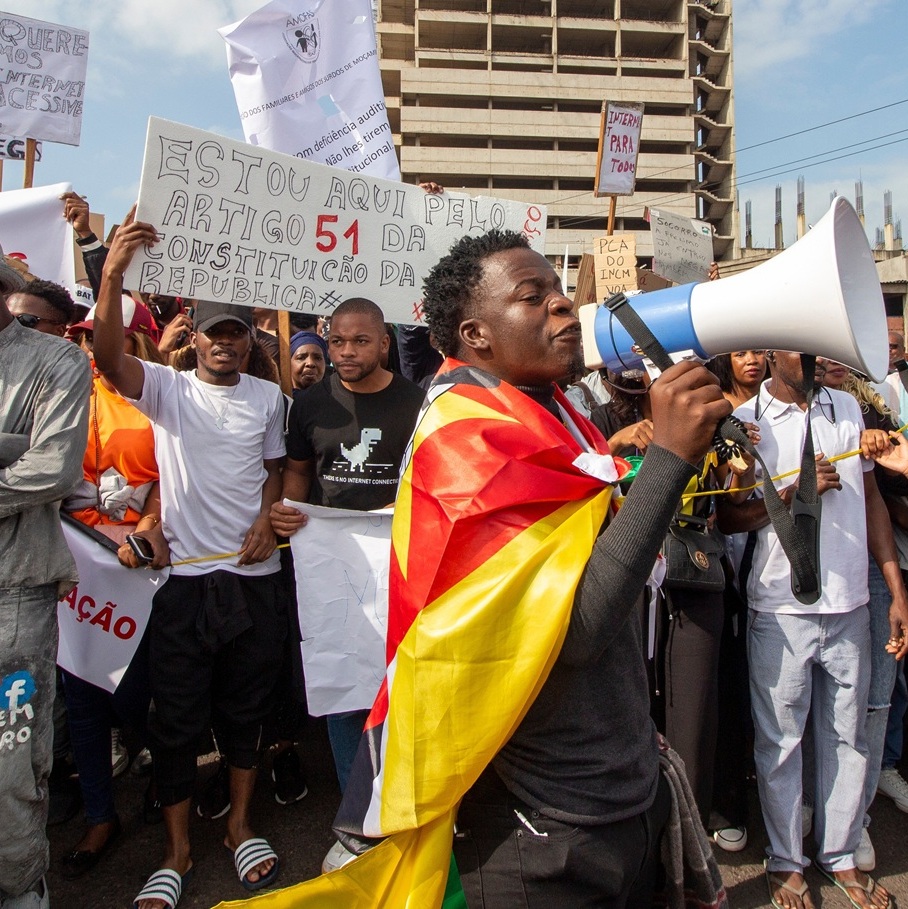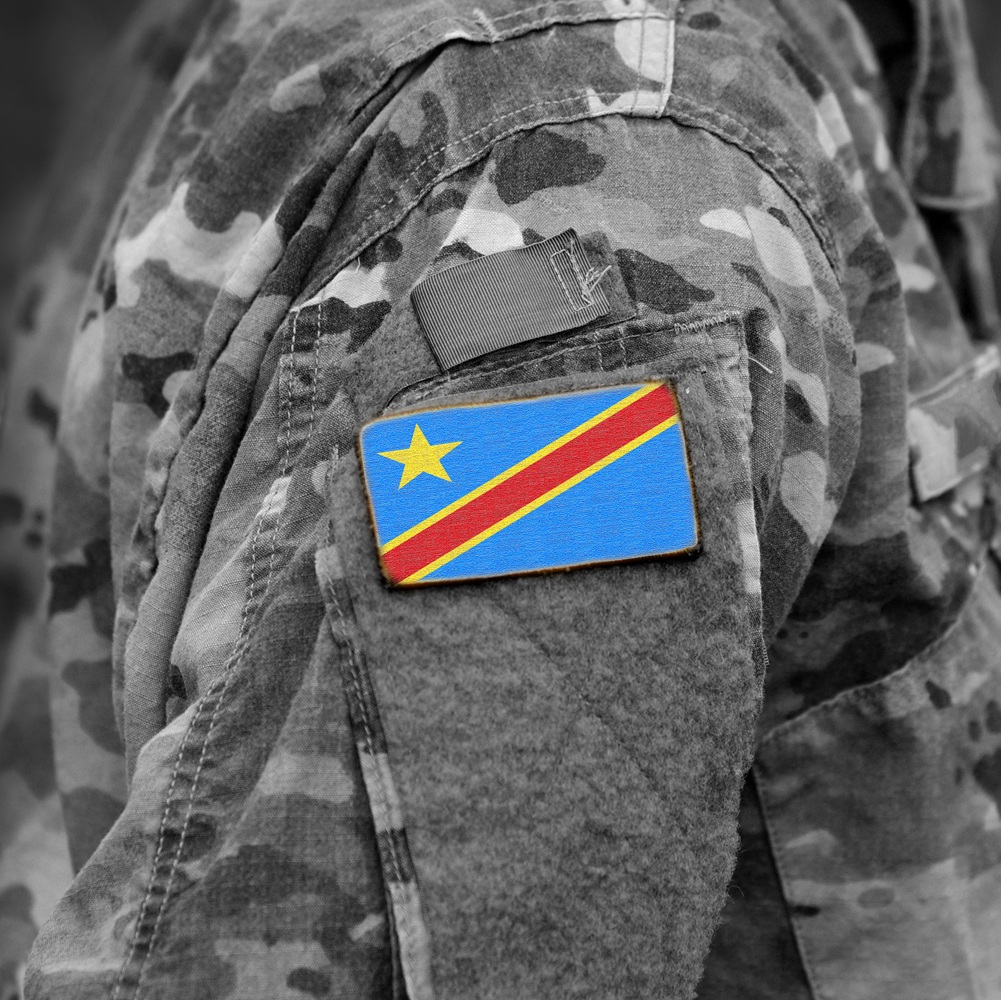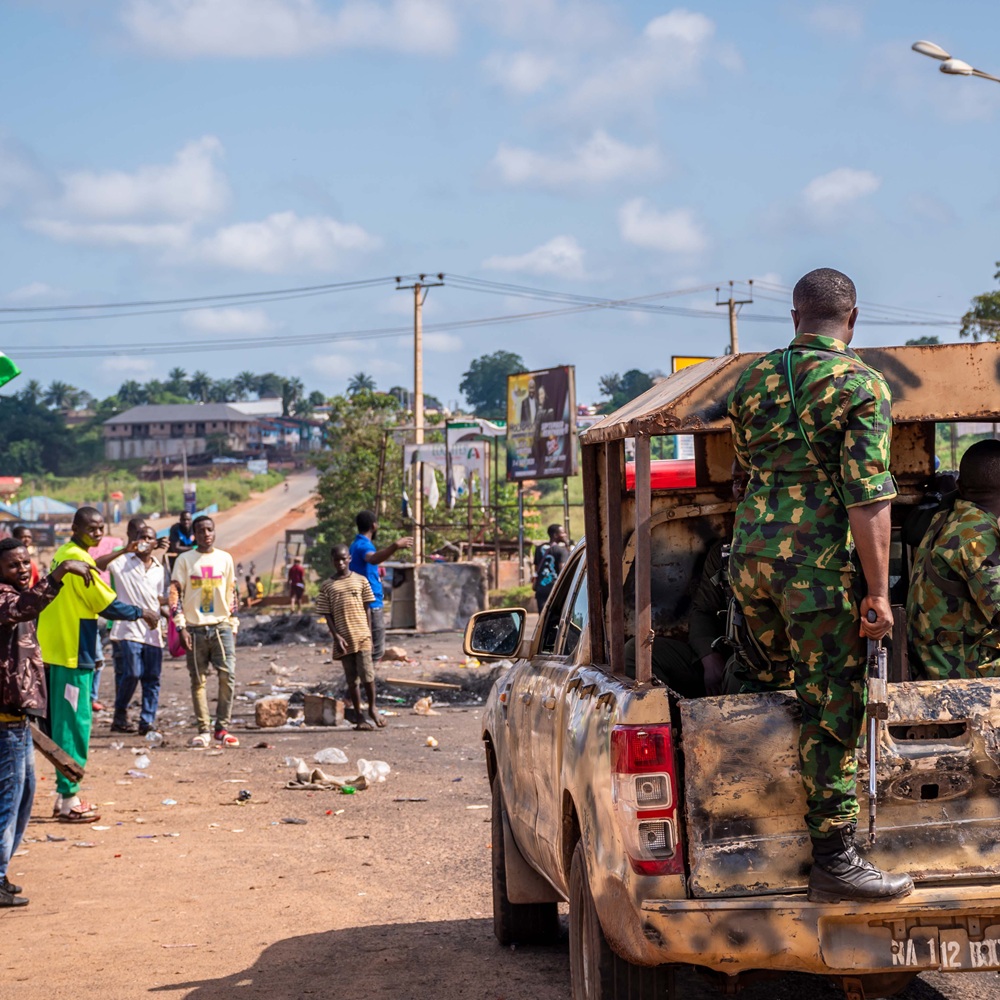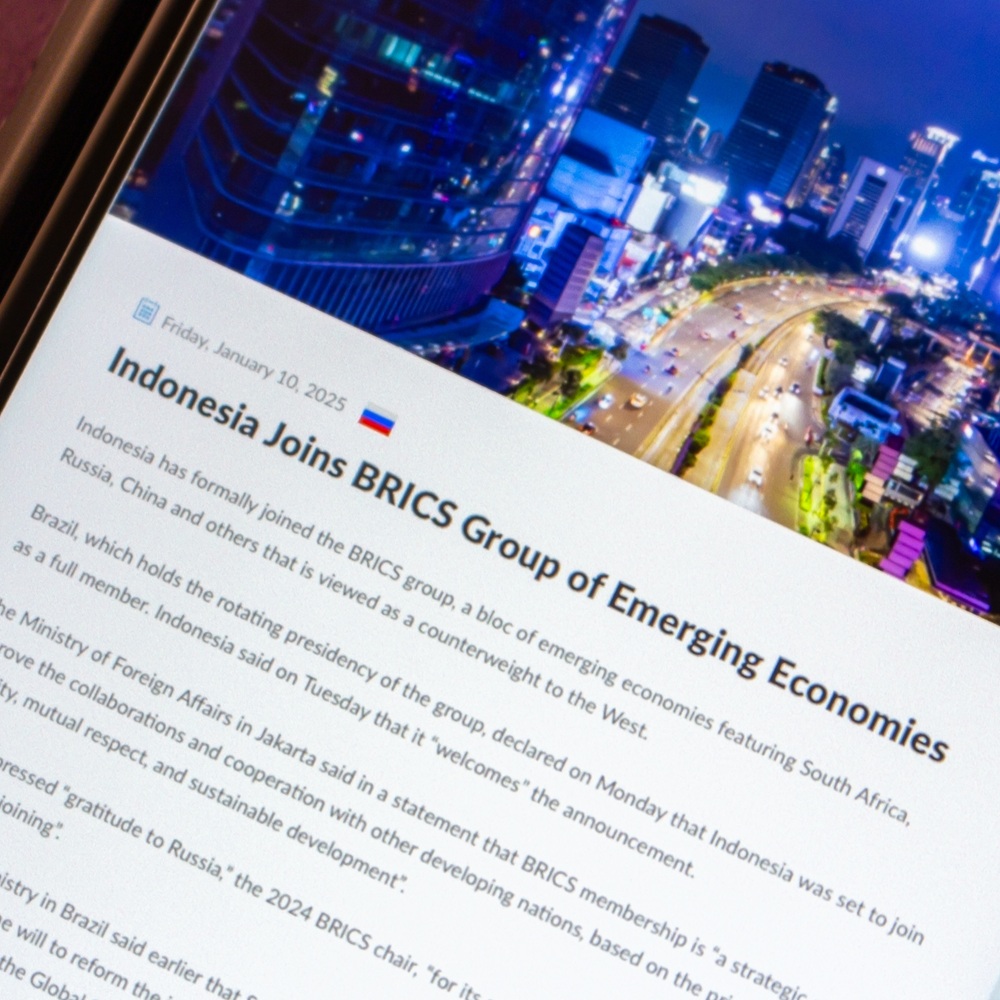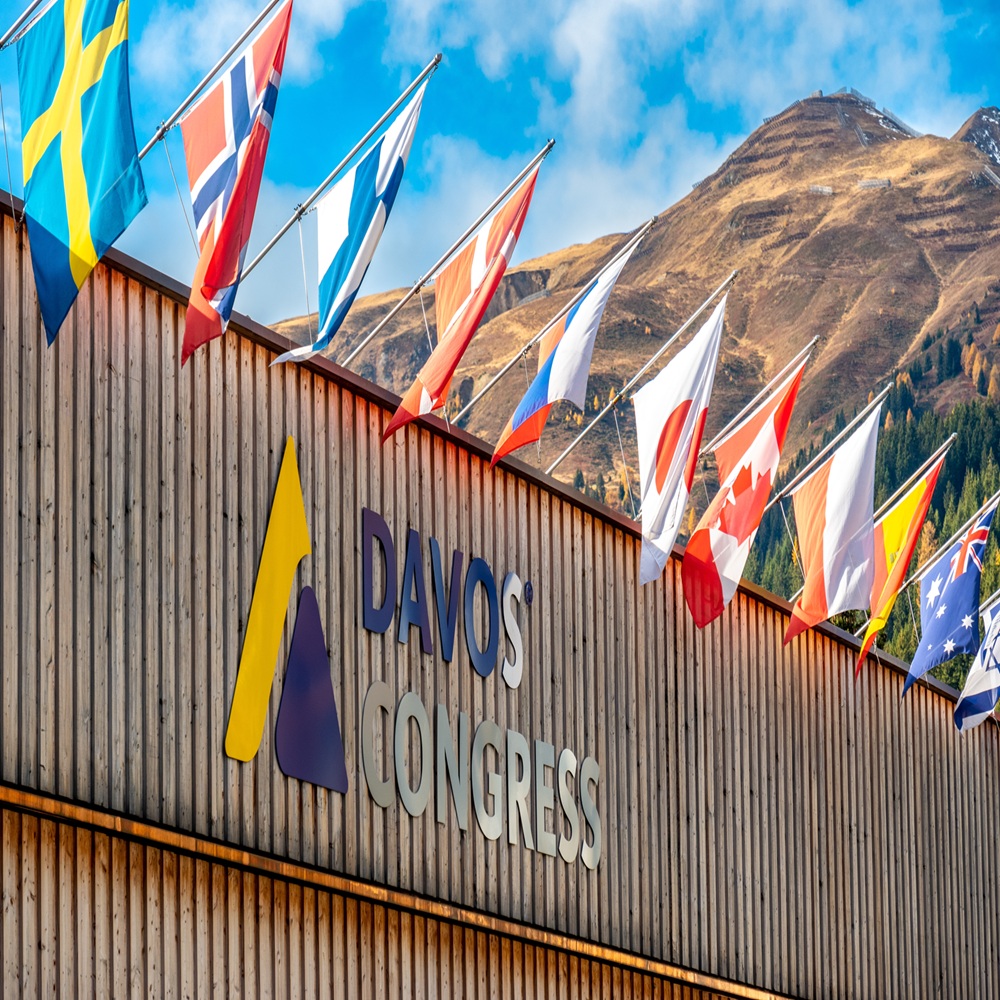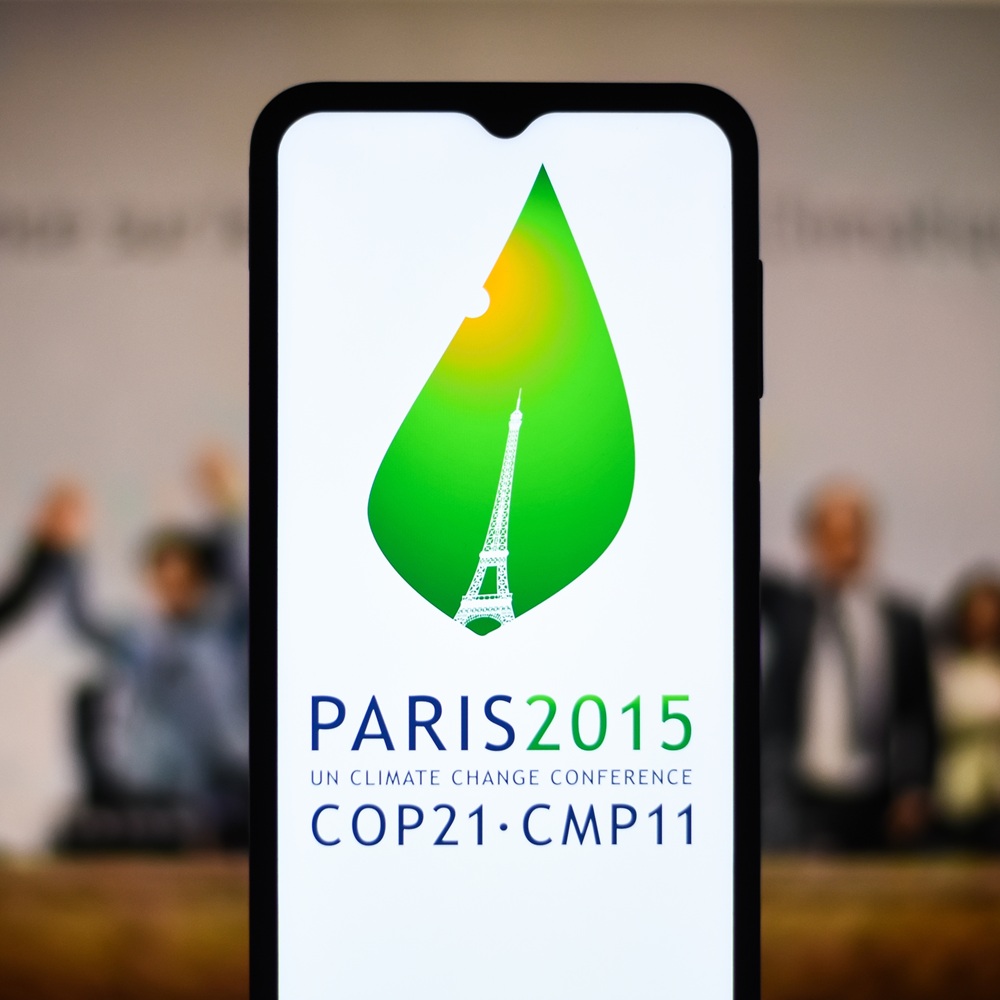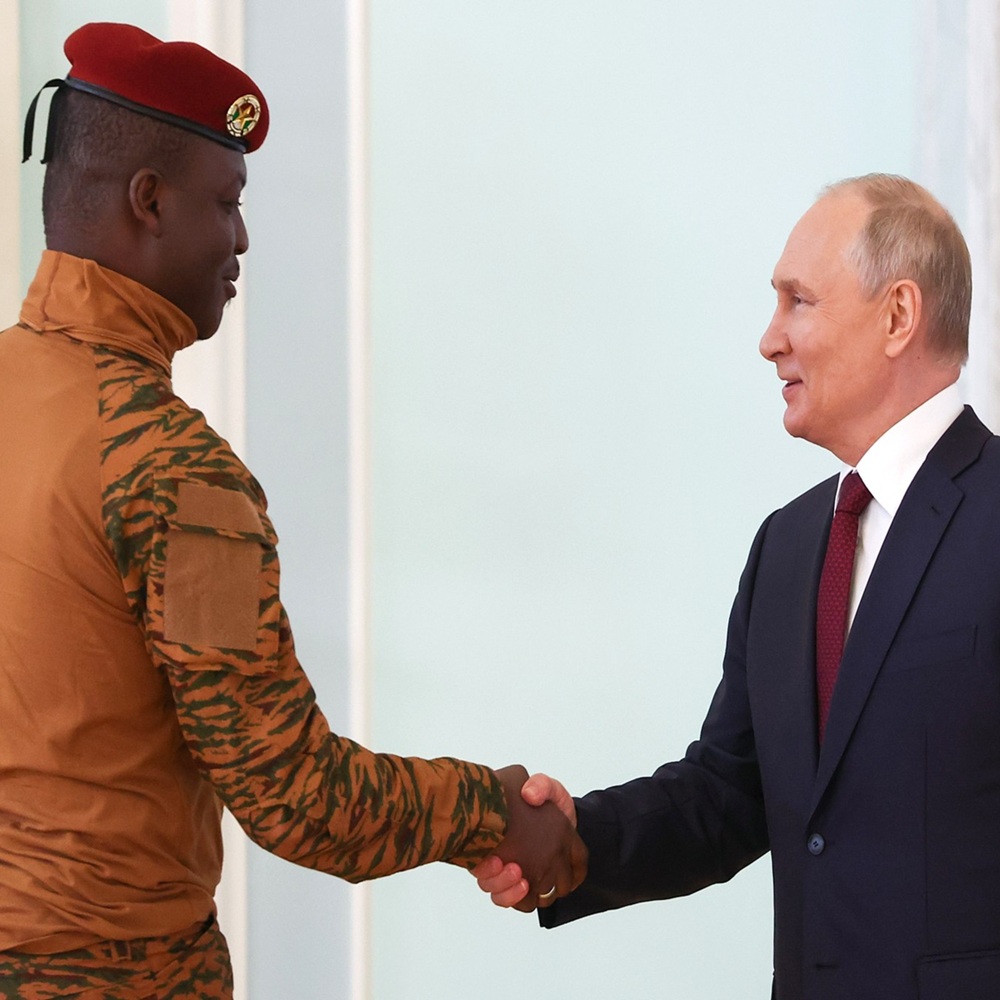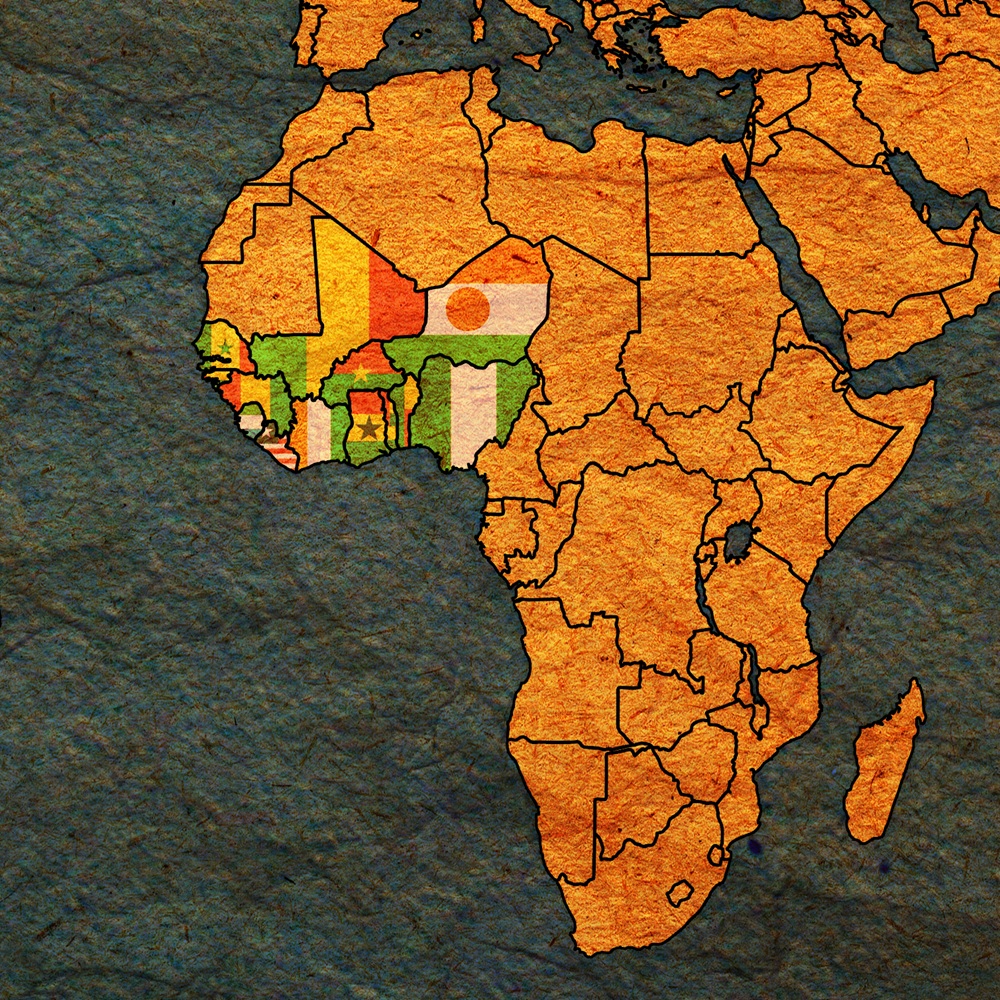
The withdrawal of Burkina Faso, Mali, and Niger from ECOWAS: Outlines of a new regional order in West Africa
by Vasil Kostanyan , Alexander Chekashev
한국어로 읽기 Leer en español In Deutsch lesen Gap اقرأ بالعربية Lire en français Читать на русском The first half of the 2020s dramatically changed the situation in Sahel. Military coups in Mali (2021), Burkina Faso (2022), and Niger (2023) brought the military to power. In Niger, the military junta that came to power, the National Council for the Protection of the Homeland led by Abdurahmane Tchiani, faced fierce criticism, sanctions, and a de facto economic blockade of the country by the Economic Community of West African States (ECOWAS). In addition, ECOWAS has threatened military intervention, with the stated aim of restoring deposed President Mohamed Bazoum. In many ways, the risk of more military coups in countries in the region drove the organization, causing particular concern for Nigeria, its chairman at the time. Abuja positioned itself as a leader in the region, particularly in ECOWAS, so it was important for it to preserve the integrity of the organization and the status quo in neighboring countries. Pressure from France, in turn, also had a corresponding effect. Paris has significant economic interests in Niger due to the country's large uranium reserves to support French nuclear power plants. As a result, Burkina Faso, Mali and Niger began a process to create a military alliance aimed at the common defense of the three countries, including the fight against terrorism and separatism. As a result, the Alliance of Sahel States (AES) was created on September 16, 2023, and transformed into a confederation on July 6, 2024. Thus, the range of cooperation between the three countries was broadened: now it covers not only military-political but also socio-economic spheres. Already on January 28, 2024, the AES countries announced their intention to leave ECOWAS, but since immediate withdrawal from the organization was not possible, they formally remained in the organization for another year, during which time the ECOWAS member states tried to find a compromise with the AES. On January 28, 2025, Burkina Faso, Mali, and Niger formally announced their withdrawal from ECOWAS. This political process in the Sahel significantly changes the balance of power in the region. Why did the AES countries witdraw from ECOWAS? The reasons for the withdrawal of states from the organization are related to the problems of separatism and terrorism in the region. In early 2012, at the height of the civil war in Libya, Libyan Tuaregs formed the “National Movement for the Liberation of Azawad” (MNLA) and moved to Mali to rebel against the government in order to create an independent Tuareg state. After the military coup in Mali in March 2012, the rebels took advantage of the situation and proclaimed the “Independent State of Azawad” in the north of the country. They were supported in this by fighters from the Ansar al-Din Front, who were in contact with Al-Qaeda. However, after the declaration of independence of Azawad, the Islamists did not accept the secular status of this unrecognized state, which led to contradictions with the MNLA. As a result of fighting between the Islamists and secular rebels, the latter were defeated and went underground. The entire territory of Azawad came under the control of radical Islamists. The Islamization of the movement, as well as Islamist attacks on southern Mali, forced France to intervene, as it could destabilize the situation in the region. Operation Serval was announced. ECOWAS, under Article 3 of the Protocol on Mutual Assistance Defense, signed in Freetown on May 3, 1981, was obliged to provide assistance to Mali for anti-terrorist operations Accordingly, and also referring to UNSC Resolution №2085, ECOWAS launched the African-led International Support Mission in Mali (AFISMA). As a result, France and ECOWAS managed to liberate all the towns captured by the militants by February 2013, after which the ECOWAS mission was placed under the auspices of the UN. The UN operation was called the UN Multidimensional Integrated Stabilization Mission in Mali (MINUSMA) and was peacekeeping in nature. But these efforts were not enough to destroy extremist groups in Mali. Militants began to use guerrilla warfare methods, and a wave of terror began in the country's cities. Neither the UN mission nor the new French Operation Barkhan (2014–2021) were able to stop terror in the country. The situation worsened after a new radical Islamist group, Jama’at Nusrat al-Islam wal Muslimeen (JNIM), a regional branch of al-Qaeda, appeared on the scene in 2017. It has operated not only in Mali, but also in Burkina Faso and Niger. Over the past few years, separatists of the Azawad Liberation Front have been in contact with JNIM, which could lead to the consolidation of anti-government forces and, as a result, further strengthen the terrorists' position in the country. According to the Global Terrorism Index 2025, while the number of conflict-related deaths in the Sahel per year in 2017 was about 5,400, it will be 25,000 in 2024. Both ECOWAS and France were powerless against this threat. The fight against guerrilla insurgents required special tactics and a great deal of manpower, but neither France nor ECOWAS had these tools. Although ECOWAS had repeatedly deployed troops to war-torn countries (e.g. Liberia, Sierra Leone, etc.), it had no experience in fighting terrorism. In the Sahel, ECOWAS forces faced Islamists using sabotage and terrorism. In addition, ECOWAS is primarily an organization aimed at solving economic problems, so the vast majority of its resources are deployed in solving economic problems rather than military ones. However, for Burkina Faso, Mali and Niger, the first priority is to eliminate separatist and terrorist groups, hence these countries give priority to security cooperation within the organization. Since ECOWAS did not provide sufficient assistance due to its inability to carry out the combat mission (in Burkina Faso and Niger ECOWAS did not conduct any anti-terrorist operations at all), the three countries preferred to create their own military alliance, which is focused on the fight against separatism and terrorism, takes into account all the peculiarities of the fight against guerrillas and corresponds to the common interests of the three countries. This is the reason for the withdrawal of the AES countries from the Economic Community. Apollinaire Joachim Kyélem de Tambèla, Prime Minister of Burkina Faso, in his statement of 30 January 2024, noted that for almost a decade, the three countries have been confronted by criminal groups supported, financed and equipped by their partners, with the indifference of some neighbouring countries and subregional organizations, including ECOWAS. It can be concluded that the Sahel countries are disillusioned with the ECOWAS policy on security issues in the region. What does the future hold for the "Sahel trio"? At the end of January 2025, the AES countries announced the creation of a 5,000-strong joint force contingent to fight terrorism, thus fulfilling the military alliance's primary objective of coordinated counterterrorism organization in the region. This has raised the profile of the military in power in the three countries. The course taken by the governments of Burkina Faso, Mali and Niger resonated with the public. On January 29, 2025, following the official announcement by the President of the ECOWAS Commission of the withdrawal of the AES countries, the people of Burkina Faso, Mali and Niger took to the streets to celebrate. In the event of successful counter-terrorism operations in the region, popular support will increase, which will help to consolidate the power of the military and, as a result, stabilize the political situation in these countries at least in the medium term. However, for the final stabilization of the situation in the region, it is necessary to eliminate the terrorist threat, as well as to create strong and combat-ready armed forces. Not only the stabilization of the political but also the socio-economic situation in the Sahel countries depends on this. In contrast to the politico-military sphere, socio-economic ties with ECOWAS remain. Although the AES countries have also left ECOWAS, some key provisions of the organization remain in force. For instance, according to the official ECOWAS statement on the withdrawal of the AES countries dated January 29, 2025, passports and identity cards with the ECOWAS emblem remain in place, goods and services from the AES countries have access to the ECOWAS market under the same conditions, visa-free travel is maintained, and civil servants from the AES working in ECOWAS institutions are supported and retained in their positions. However, the same document notes that these conditions are temporary. Permanent terms of cooperation with the three countries will be adopted at a future Summits of Heads of State. The socio-economic situation in the Sahel countries is very difficult. According to the World Population Review, the percentage of the population below the poverty line is 45.5% in Niger, 44.6% in Mali and 43.2% in Burkina Faso. Although the states are rich in natural resources, they are unable to realize their full potential due to poor infrastructure. Continued investment in the economies of the three countries is needed, but the investment climate is deteriorating due to the terrorist threat. Economic difficulties can be overcome by joint efforts. The confederative beginnings of the AES provide an opportunity to begin the process of economic integration. The Sahel countries are seeking to establish an economic and monetary union, which will lead to a new currency called the Sahel. The logical continuation of these actions could be the exit from the franc zone. Thus, the withdrawal of Burkina Faso, Mali and Niger from ECOWAS could stabilize the political situation in the Sahel countries due to massive support for the AES exchange rate, while plans to create a single currency and leave the franc zone could strengthen the economic independence of the three countries. The Changing Regional Order in West Africa For almost a century and a half, West Africa has been part of the French zone of influence. Ever since French troops established their control over these lands, all political and socio-economic processes in the region have taken place with direct French participation. However, over the past few years, France has significantly lost its influence in West Africa. The turning point in this was the failure of the anti-terrorist operation “Barkhan” in Mali, as a result of which France had to withdraw its troops from the country. After a series of military coups in the Sahel, which were largely anti-French in nature, Paris' position weakened further. French troops left Burkina Faso, Mali, Niger, Chad, and Senegal. The final blow was the withdrawal of Burkina Faso, Mali and Niger from ECOWAS and the creation of the Confederation of Sahel States. This was particularly dangerous for France because the AES showed an alternative development alternative to West African countries. Now it is not only the pro-French ECOWAS that is acting as an integrationist grouping in West Africa, but also the AES. Already Chad is attempting rapprochement with the AES countries. On February 21–22, 2025, Chadian President Mahamat Déby attended The Panafrican Film and Television Festival of Ouagadougou. In addition, the Central African head of state met with his Burkina Faso counterpart, Captain Ibrahim Traoré. During the dialog, the two sides discussed the fight against neo-colonialism and security challenges in the region. The French newspaper Le Monde regarded this as a possible rapprochement between Chad and the AES. Although Ghana acts more as an intermediary in the negotiations between the AES and ECOWAS, it has also made attempts to move closer to the AES countries. Thus, President John Dramani Mahama visited the AES countries from March 8–10, 2025. During his visit, he discussed with the Heads of State the strengthening of bilateral cooperation and security issues in the Sahel. The authority of the AES in Africa is gradually growing, which may encourage some countries in the region to move closer to the Confederation. On January 29, 2025, new AES passports were introduced and the flag of the Confederation of Sahel States was approved on February 22. All these measures should help strengthen the organization's position in the region. Not only France, but also the United States is losing its former regional positions. In 2012, American troops were sent to Niger to fight terrorism, but after the coup in Niger in 2023, the military that came to power demanded that Washington withdraw its military contingent from the country. The United States had to make concessions. By early August 2024, all U.S. military personnel had been withdrawn from Niger, and military bases were placed under the control of local militaries. Russia is one of the actors whose regional positions are being strengthened. Moscow has been particularly active in cooperating with Mali. Since gaining independence in 1960, the Republic has signed a number of important economic agreements with the USSR and, after its collapse in 1991, with Russia. At the current stage of Russian-Mali relations, the range of cooperation has been significantly expanded: it also covers the military and political sphere. Thus, an agreement on military-technical cooperation was signed in 2003, in 2009 - Memorandum on cooperation in the field of combating terrorism and transnational organized crime, and in 2019 an Intergovernmental Agreement on Military Cooperation. Russia can be characterized as the main partner of the Sahel trio. Thus, it supported the initiative to create a Confederation of Sahel States. At the end of December 2024, Russian Ambassador to Mali Igor Gromyko said that Russia confirms its intention to continue to provide the necessary support to the countries of the Alliance of Sahel States, including assistance in improving the combat effectiveness of the national armed forces, training of military and law enforcement personnel, as well as to develop mutually beneficial trade and economic cooperation with these states, and added that the establishment of the AES is an important step in the fight against terrorism in the region. It is for the implementation of these tasks that the African Corps under the Russian Ministry of Defense was established at the end of 2023 on the basis of the private military company Wagner, which aims to fight terrorism in the region. This is an important step toward consolidating Russia's position in West Africa. Russia is gradually pushing France out of the Sahel, and this is expressed not only in the military-political sphere, but also economically. The Russian Federation has signed a number of economic and trade agreements with the AES countries, which have seriously affected French companies and businesses in the Sahel. The most painful blow, perhaps, was the ban on uranium mining for the French company Orano in Niger, one of the largest uranium producers in the world. For France, uranium ore from Niger supplied a number of nuclear power plants. Since then, Russian companies have been invited to mine in Niger, including the French company Orano, one of the largest uranium producers in the world. For France, uranium ore from Niger supplied a number of nuclear power plants. Russian companies have since been invited to mine minerals in Niger, which include uranium. At the end of February 2025, the two countries signed a Memorandum of Understanding on Exploration and Mining, which provides for the development of bilateral cooperation to strengthen Niger's mineral exploration and mining potential. China is also increasing its influence in the region. According to the China Global Investment Tracker, Chinese direct investments in Mali amounted to $600 million in 2023–2024 and $700 million in Niger. They were mainly directed to the metallurgical and oil sectors, as well as nuclear power. Military cooperation occupies an important place in China's relations with the Sahel countries. Thus, in July 2023, it became known about the signing of a contract for the supply of Chinese arms to Niger in the amount of $4.2 million. Although it is mainly light weapons (rifles, machine guns, grenade launchers, rocket systems, etc.), the fact that there is a defense agreement greatly enhances China's authority in the region. Another actor that has increased its influence in the Sahel is Turkey. Ankara emphasizes military cooperation with the AES countries. So, in 2022, the Malian Armed Forces received unmanned aerial vehicles Bayraktar TB2, which are to be used in the fight against terrorism in the region. The diplomatic forum held in Antalya from March 1–3, 2024, highlighted the problems of the Sahel region. The forum was attended by representatives of the AES countries who criticized ECOWAS. In particular, Mali's Foreign Minister Abdoulaye Diop said that ECOWAS was inadequately addressing regional problems and that it had not responded to crises in the region but opposed the new foreign policy of the Sahel countries. In addition, the Minister noted that the harsh sanctions imposed on the AES countries had no legal basis, while cooperation within the framework of the AES appeared to be a solution to regional problems. *** The withdrawal of the AES countries from ECOWAS led to a transformation of the regional order in West Africa: an alternative to ECOWAS emerged in the form of the Confederation of Sahel States. The AES is not as capable as ECOWAS, but it is growing rapidly. There are already countries showing interest in the AES. Plans for economic integration will only strengthen the position of the organization, which will lead to the AES competing with ECOWAS. It remains to be seen whether this competition will turn into a confrontation. Russia, in turn, by supporting the military that came to power as a result of coups, is gradually pushing France out of the region. This is a serious challenge for French foreign policy, which will be extremely difficult to overcome at least in the medium term. The political vacuum created by the withdrawal of France and the United States from the Sahel has been filled not only by Russia, but also by China and Turkey. These countries are increasingly consolidating their influence in the region and seeking access to resources. There have been regular Islamist and separatist attacks on the armed forces of the three countries. The threat from jihadist groups is increasing. In order to finally stabilize the established regional order, it is necessary to destroy terrorist and separatist cells that threaten the current regimes of the AES countries, which will determine political stabilization in the three countries and the development of socio-economic projects. The Sahel countries are likely to continue cooperative efforts to combat terrorism and expand defense cooperation with Russia, Turkey, and China.









